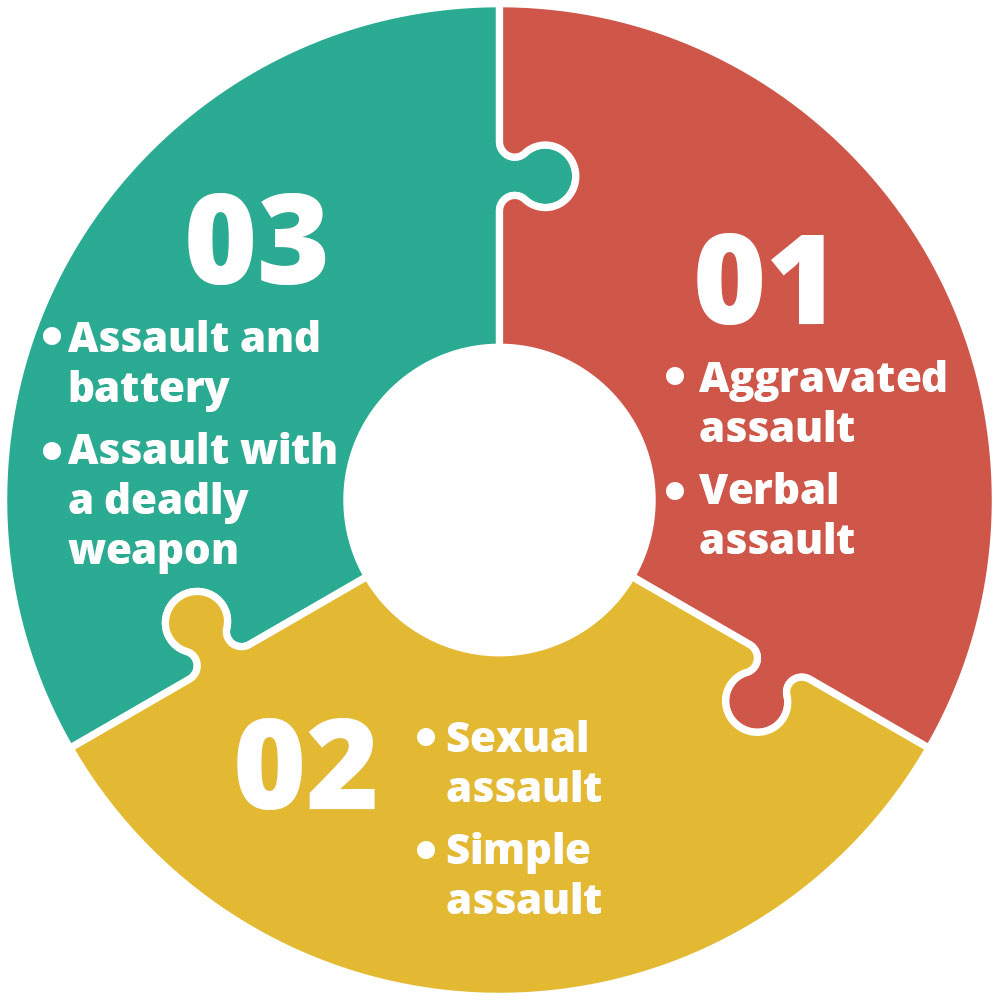Summary Of Expectations: The Timeline For A Traditional Divorce Instance
Summary Of Expectations: The Timeline For A Traditional Divorce Instance
Blog Article
Content Author-McClanahan Cruz
As you start the trip of browsing a divorce case, you may find yourself wondering about the timeline that lies in advance. From the initial phases of submitting documents to the intricacies of negotiation and the capacity for a test, each action holds its very own set of difficulties and unpredictabilities. Comprehending the series of events can assist you plan for what's ahead and expect the weaves that might arise along the road.
Preliminary Filing and Service of Documents
When starting the divorce process, the primary step is the preliminary declaring of the essential documents with the court. Child Custody Lawyer starts the legal procedure and establishes the separation case in motion. You have to send forms that detail the premises for separation, possessions, obligations, revenue, expenditures, and any other appropriate information needed by the court.
After filing these papers, copies must be served to your partner, notifying them of the separation procedures. This solution can be done via a process-server, constable's office, or licensed mail, making sure that your spouse is formally notified of the separation situation against them.
As soon as the files are filed and served, the court will provide a situation number and appoint a judge to supervise the situation. It's essential to properly complete and submit these files, as any kind of errors or omissions can delay the divorce procedure.
This preliminary action lays the structure for the legal dissolution of your marital relationship, marking the beginning of a possibly challenging however essential process.
Exploration and Negotiation Stage
Throughout the Discovery and Arrangement Phase of a divorce case, both celebrations engage in collecting details and trading appropriate records to better understand each other's monetary circumstances and various other significant details. This stage is important as it sets the structure for settlements and possible negotiation arrangements. Via approaches such as interrogatories, ask for production of files, and depositions, each party intends to uncover truths, assets, financial obligations, and other crucial info that might influence the instance's outcome.
Arrangements throughout this stage usually include conversations on numerous problems like property division, youngster custody, visitation schedules, and financial support. Both celebrations might deal with their lawyers to explore negotiation options, potentially staying clear of the requirement for a trial.
Arbitration or joint law procedures may likewise be used to help with efficient conversations and get to equally acceptable arrangements. It's vital to approach this phase with transparency, honesty, and a readiness to jeopardize to achieve a smoother resolution and lessen the emotional and financial toll of a lengthy court fight.
Test and Last Resolution
Moving forward from the Discovery and Arrangement Phase, the Trial and Last Resolution phase notes the end result of your separation case. This phase is where unresolved concerns are brought prior to a judge to make final decisions on issues like property division, kid wardship, and assistance. The trial generally involves offering proof, witness statements, and legal debates to sustain your case.
Throughout the trial, both parties will certainly have the possibility to present their positions and counterarguments. It's important to be prepared, as the court's choice will significantly impact the final result of your separation.
Complying with the test, the court will issue a last judgment that details the terms of the separation, consisting of any economic negotiations and custody arrangements.
As soon as the judgment is released, the separation is wrapped up, and both parties are lawfully bound by its terms. While Adjustment Of Status can be difficult and emotional, it's a necessary action in the direction of reaching a last resolution and moving forward with your life post-divorce.
Final thought
To conclude, navigating a separation situation entails a collection of actions from submitting first files to getting to a last resolution. Recognizing the timeline of events can assist you get ready for what to expect throughout the procedure. By being proactive, seeking legal guidance, and remaining informed, you can navigate the intricacies of separation process with self-confidence and clearness.
